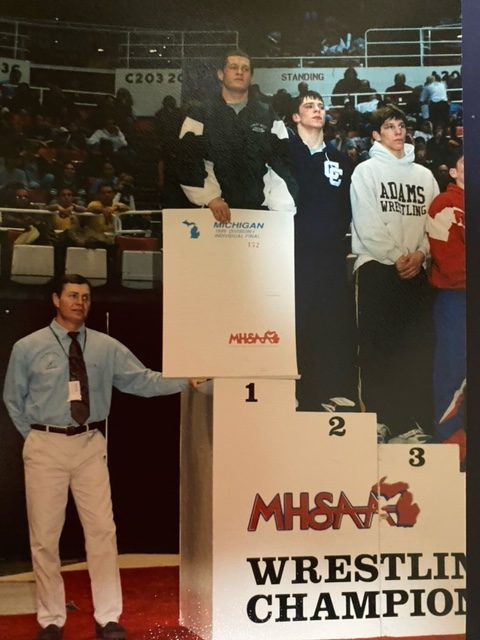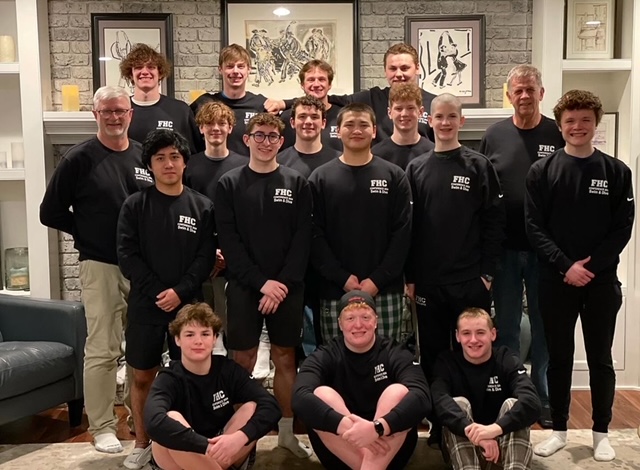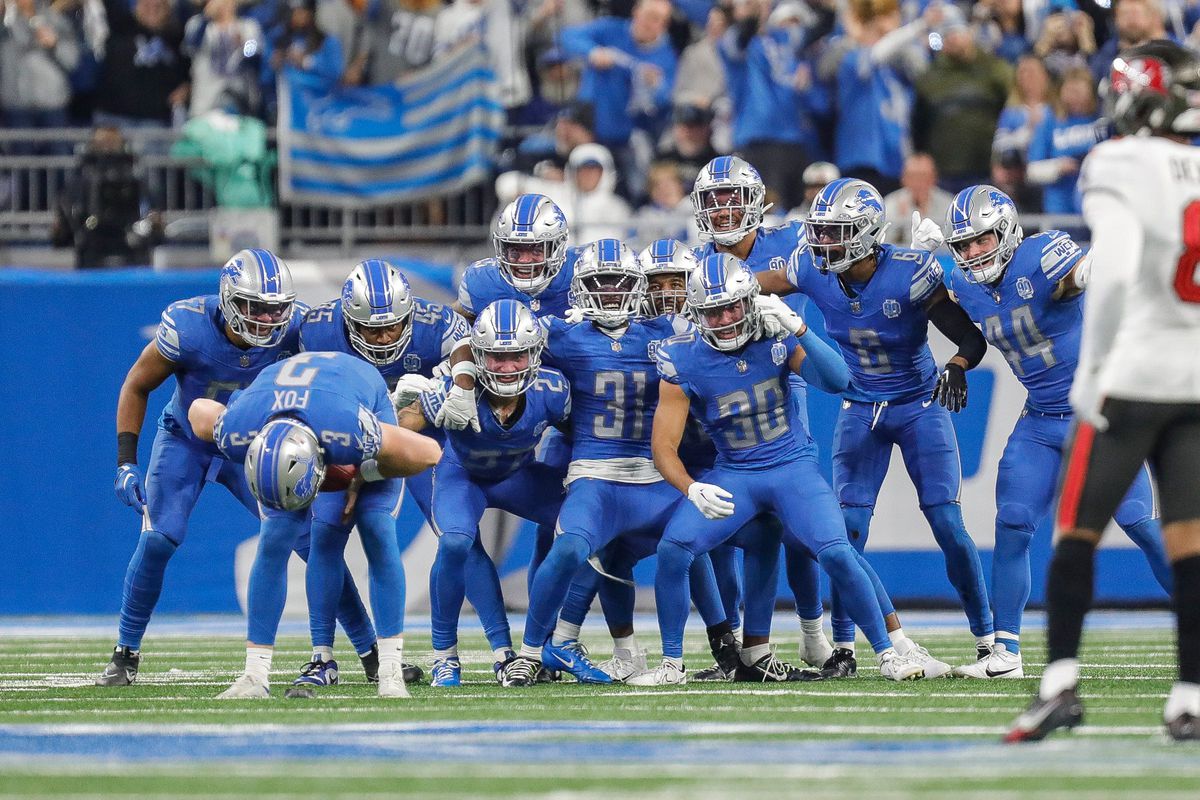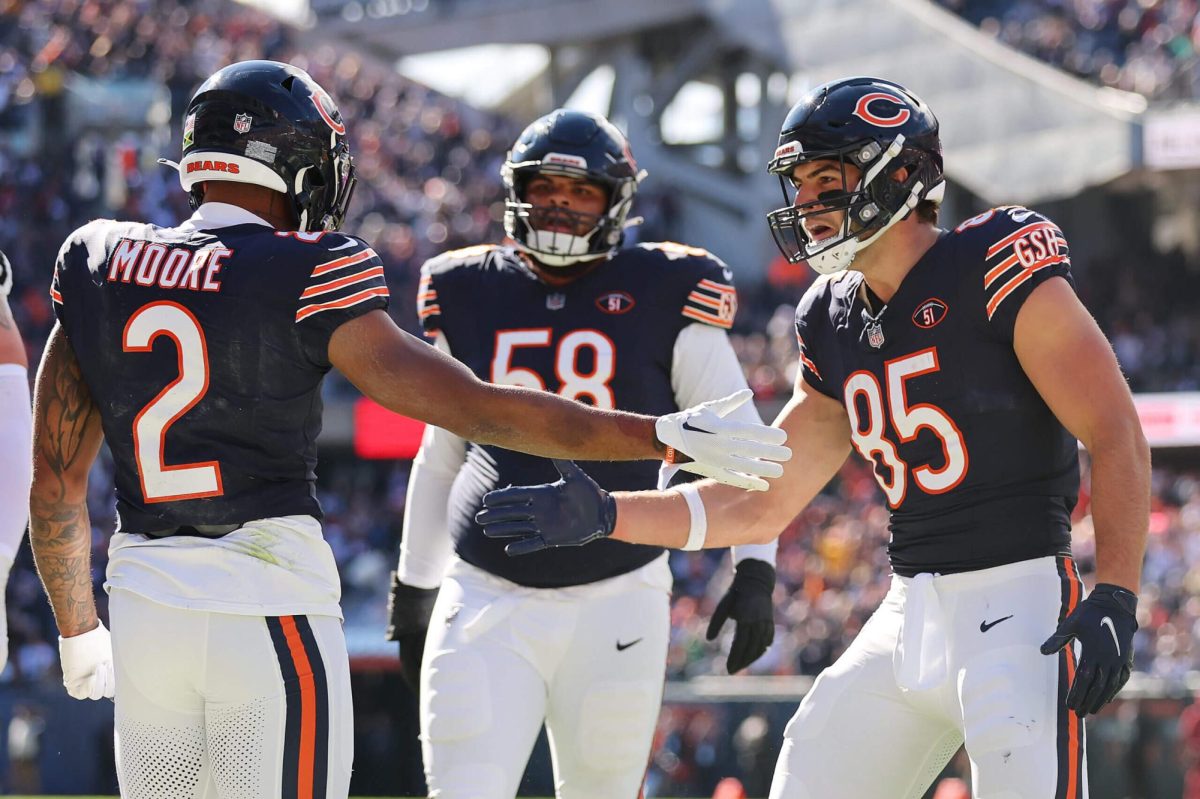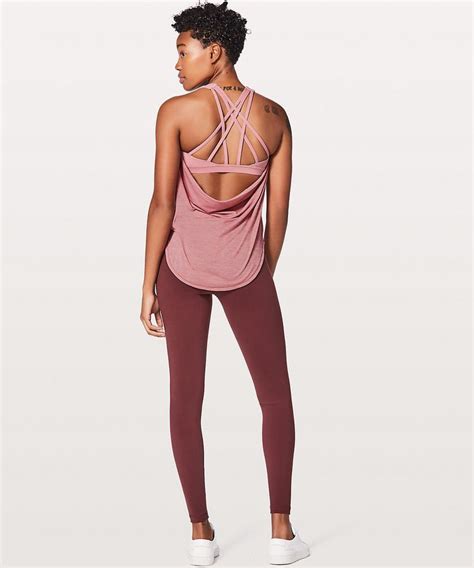
In the ever-accelerating world of fashion, fast fashion has transcended its boundaries and found a new arena to influence—the realm of sports and athletic wear. While fast fashion influencing athletic apparel has brought a whirlwind of pros, cons, and environmental concerns, its impact on the sports industry is undeniable. Its rise in popularity over the past decade has equally brought controversy regarding fast fashion.
“I am definitely against fast fashion,” sophomore Ella Peirce said. “I’m not extremely educated, but I know it’s really bad for the environment. I’ve also heard that SHEIN uses unpaid child labor so I definitely don’t support that either.”
One of the primary advantages of fast fashion in sports is accessibility. Rapid production cycles and efficient supply chains mean that the latest sports trends can swiftly reach people at affordable price points. This accessibility not only brings down the price of sportswear but also allows fans and athletes to stay on top of the latest performance-enhancing technologies and styles.
“Sportswear has become more popular and regular in society today,” senior Lily Zorn said. “Many trends following Lululemon has created an increase in fast fashion.”
Additionally, fast fashion slowly influencing athletic wear has led to increased innovation. Brands are compelled to stay ahead of the curve and to create new designs, materials, and functions. This competitiveness has created sportswear that not only looks good but is also designed to enhance athletic performance. This has made certain brands more popular than others.
“I believe that I contribute the most to Aerie or Lululemon,” Zorn said. “I definitely love their brands.”
However, fast fashion also has its downsides, particularly in the sports scene. The pressure to produce quickly can compromise the quality of sportswear. Athletes who rely on their gear for peak performance may find themselves dealing with clothes that wear out faster or lack the durability required for rigorous training and competition. The emphasis on trends and rapid turnover can also lead to excessive waste and overconsumption. Sports enthusiasts may discard gear that is still functional but deemed outdated, contributing to the severe environmental impacts fast fashion has. Therefore, some athletes believe that owning higher-quality items is more worthwhile than buying cheaper sportswear.
“As a national level athlete I feel like one thing worth investing in is my athletic wear,” senior Mila Kavara said. “I have had cheaper material items and they wear down way faster than name brands do. I would have to repurchase cheaper sportswear way more often, essentially making it more expensive.”
One of fast fashion’s largest impacts on sportswear has been how it has altered typical clothing prices. The greater turnout of clothing combined with less time spent on each item has dropped general prices of fast fashion-born sportswear. There are pros and cons to this.
“I do think there are benefits to this,” Kavara said. “A lot of times you’re not paying for quality, you’re paying for the logo on the clothing. I feel like a lot of people see logos all over social media, so they use them as their example of how they should dress. In reality, you can get products made of the same exact material that look the exact same, without the harsh price.”
While fast fashion has made sportswear more affordable, it’s important to look at the true cost. Clothing brands competing to create the cheapest lines of clothing often come at the expense of lawful labor practices. The production of inexpensive sportswear from brands such as SHEIN has raised questions over their working conditions, as they are expected to churn out more clothes at a lesser quality. But SHEIN’s rapid-fire turnout of clothes combined with their low prices has made them popular for some not all.
“I’ve never bought from SHEIN,” Peirce said. “I don’t really online shop much at all, but even then I don’t think their stuff is that cute.”
But the most pressing concern with fast fashion sportswear is its environmental taxes. Rapid changing of styles and the use of cheap materials contribute significantly to pollution and resource depletion. From the extraction of raw materials to the disposal of unwanted sportswear, the environmental footprint of fast fashion is substantial.
However, efforts are being made to lessen these impacts. Sustainable and eco-friendly alternatives are gaining traction, with some brands committing to using recycled materials and adopting environmentally conscious mantras. Higher quality brands such as Lululemon and Patagonia have pledged to create a more environmentally friendly system when it comes to their products–and as these brands’ products’ are highly durable, they are popular. But some brands cannot genuinely commit to these environmental standards, yet continue to portray themselves as eco-friendly. This is called greenwashing and is highly present in our society today.
“I don’t think greenwashing is effective,” Kavara said. “I feel like in return, the item is never more environmentally friendly, making it essentially pointless. People are now very aware of what they are purchasing, so they know if an item is greenwashed or worth it.”
Finding the right balance between staying on trend and being conscious of quality, ethics, and the environment is the key challenge. As consumers become more aware of these things, the sports and fashion worlds are being nudged to step up and find ways to keep us all looking good without compromising on what really matters.




